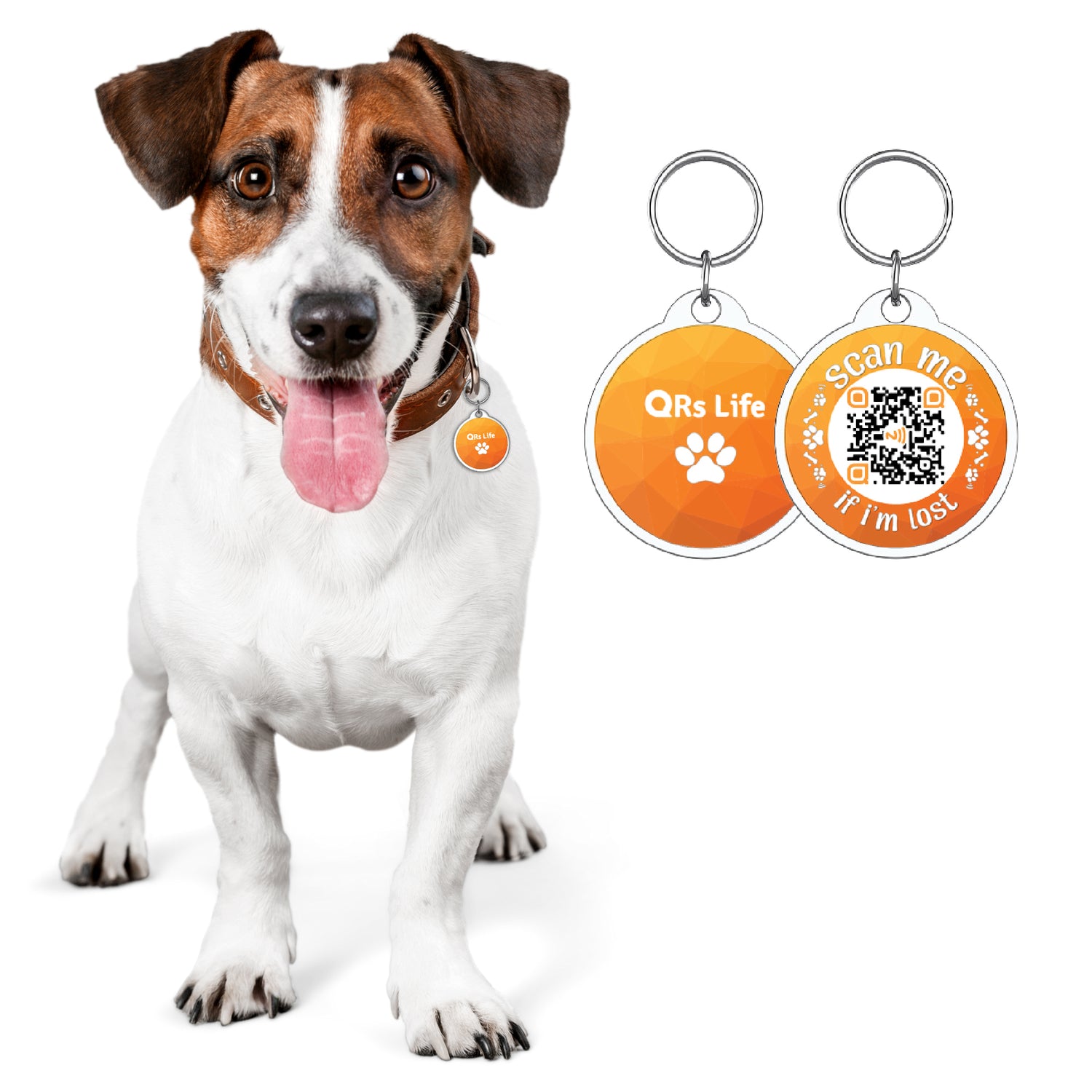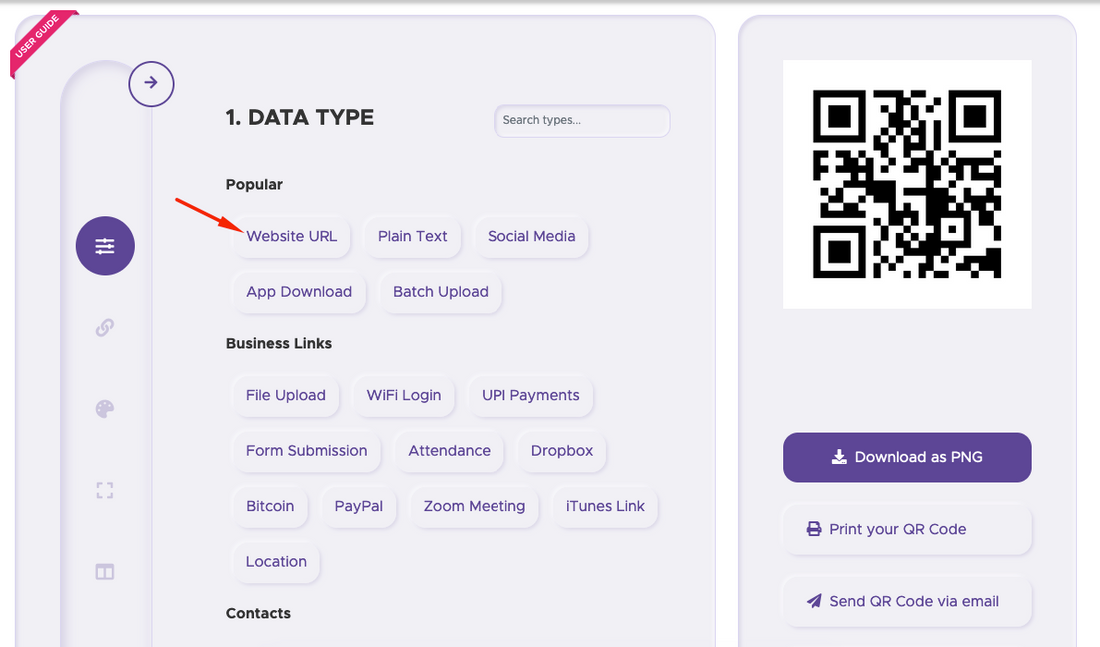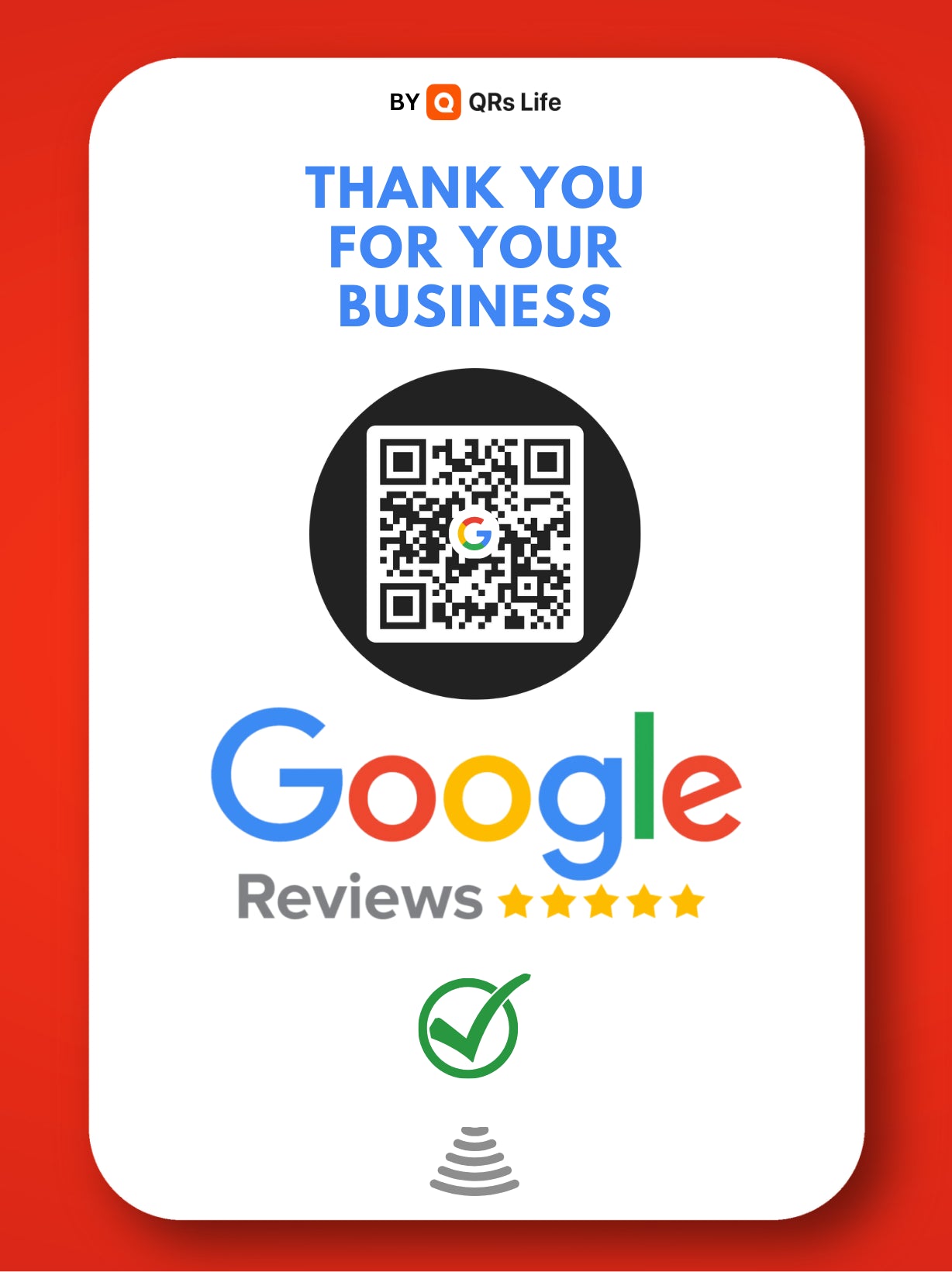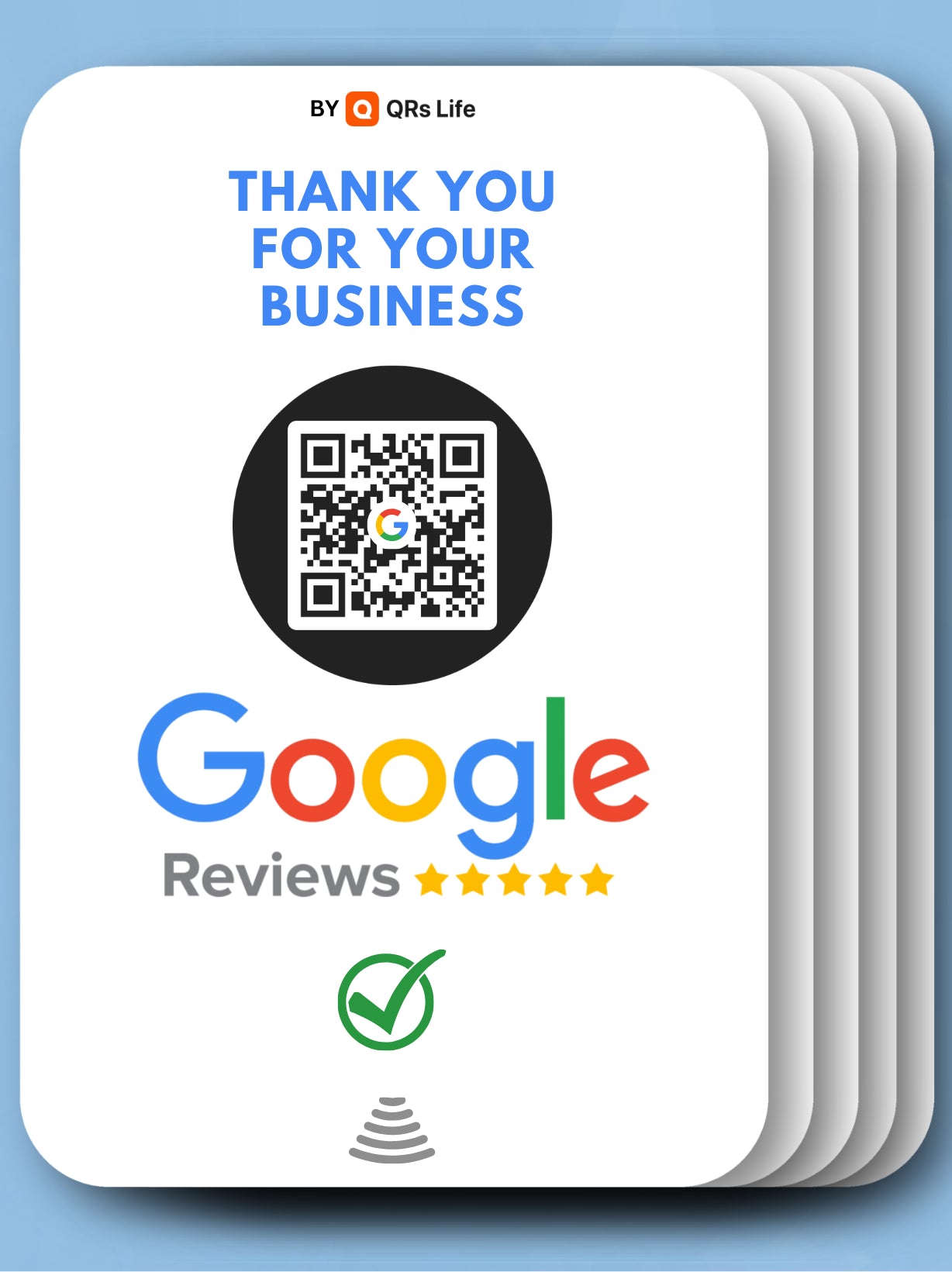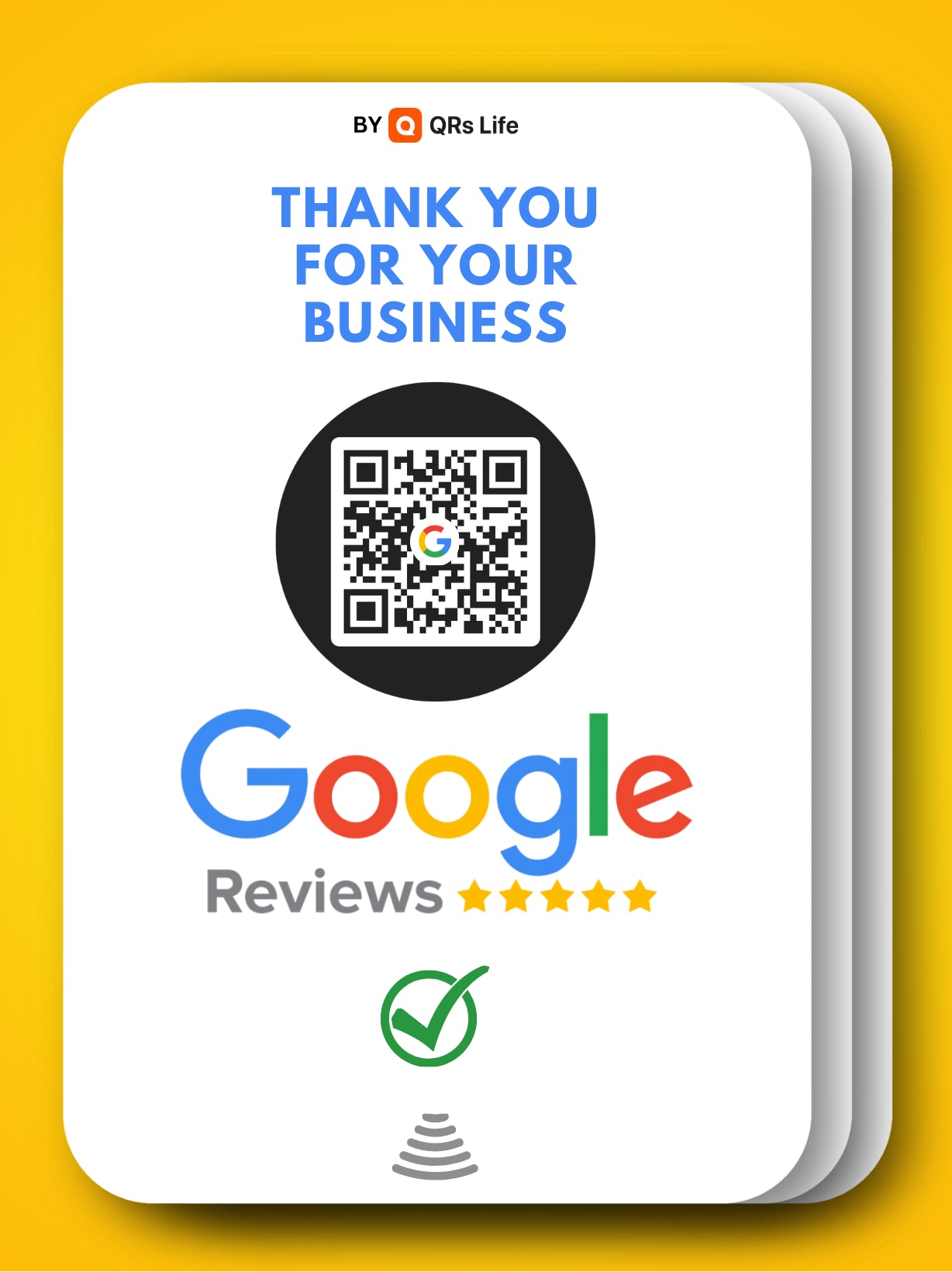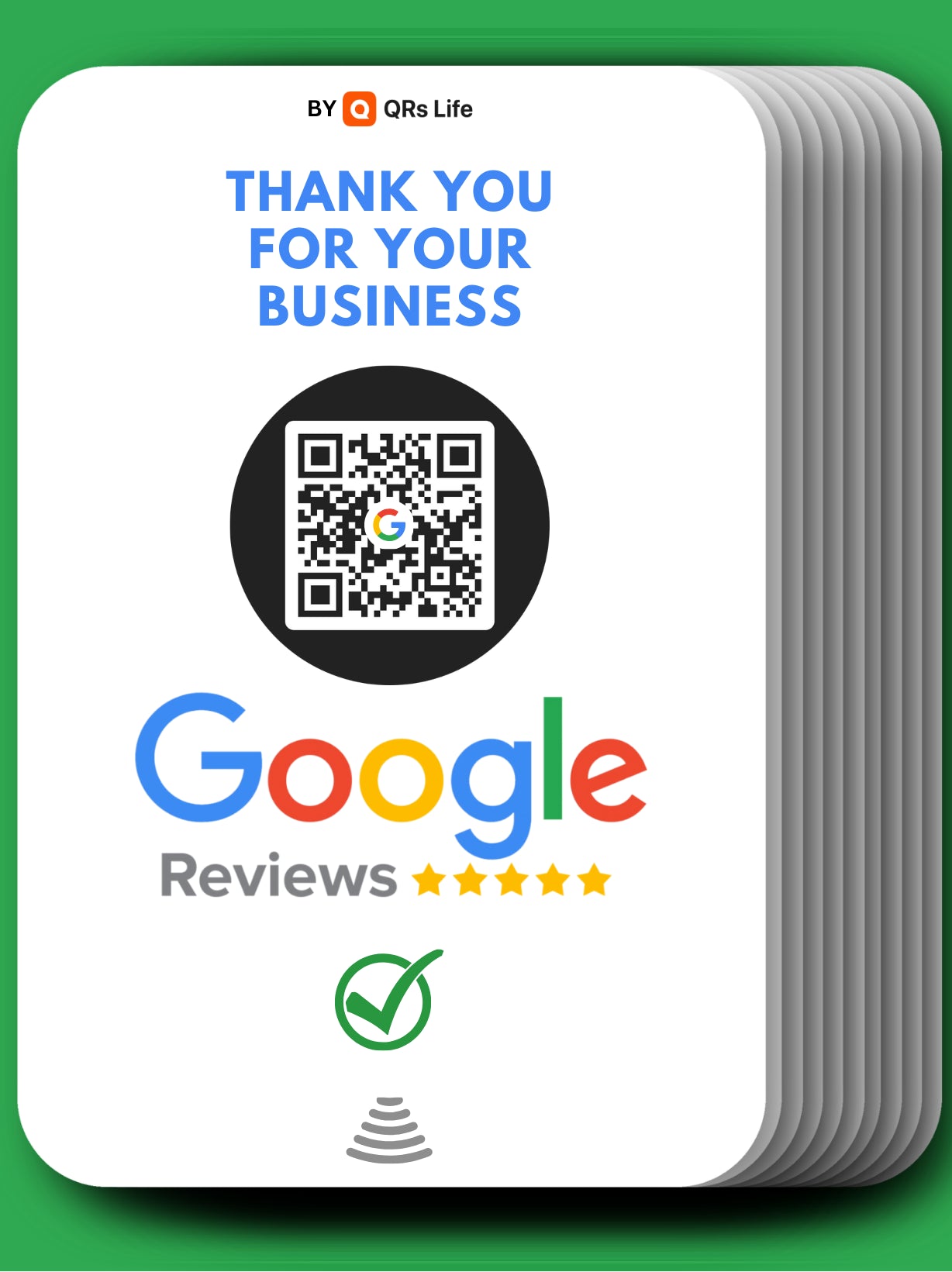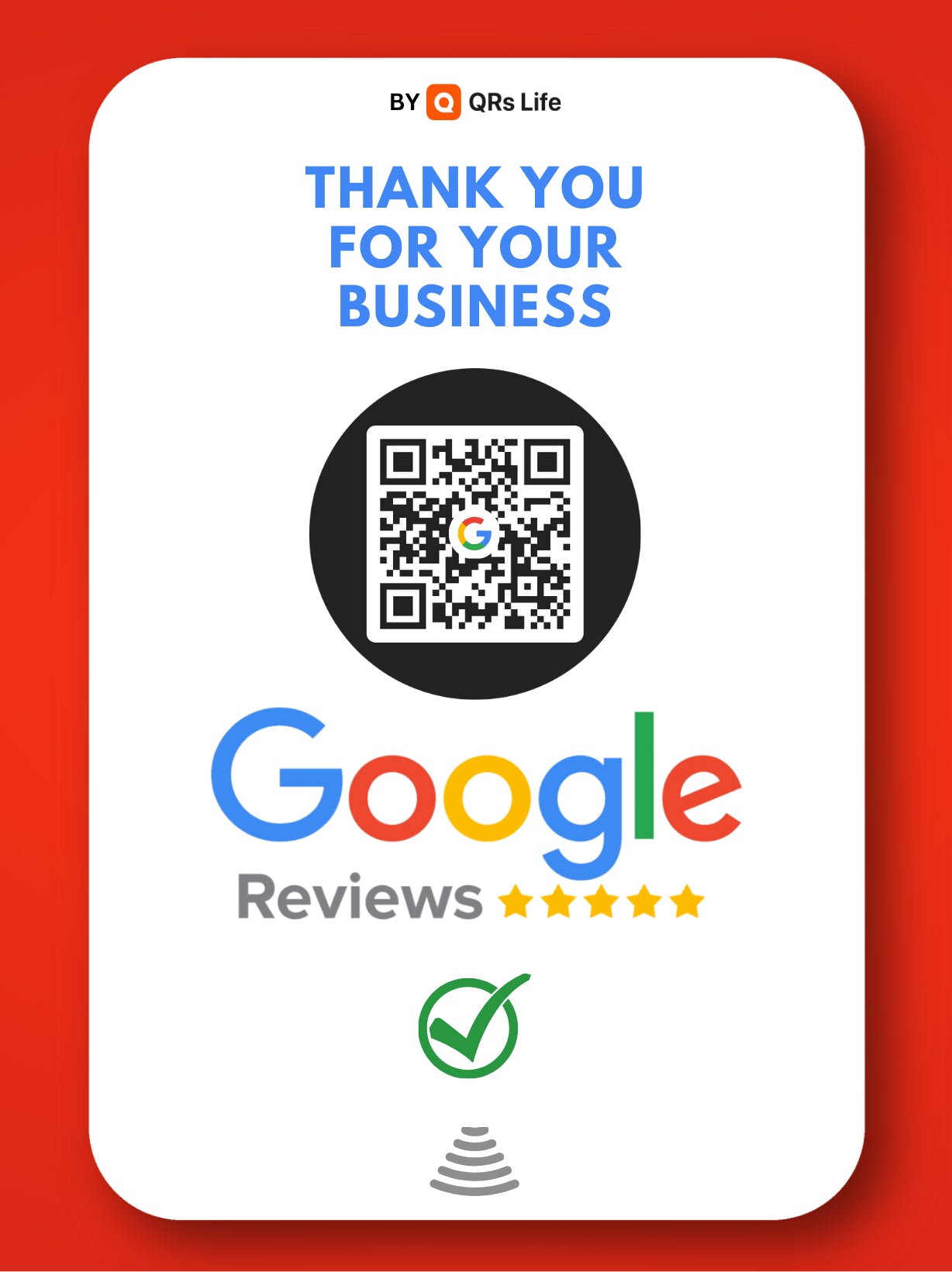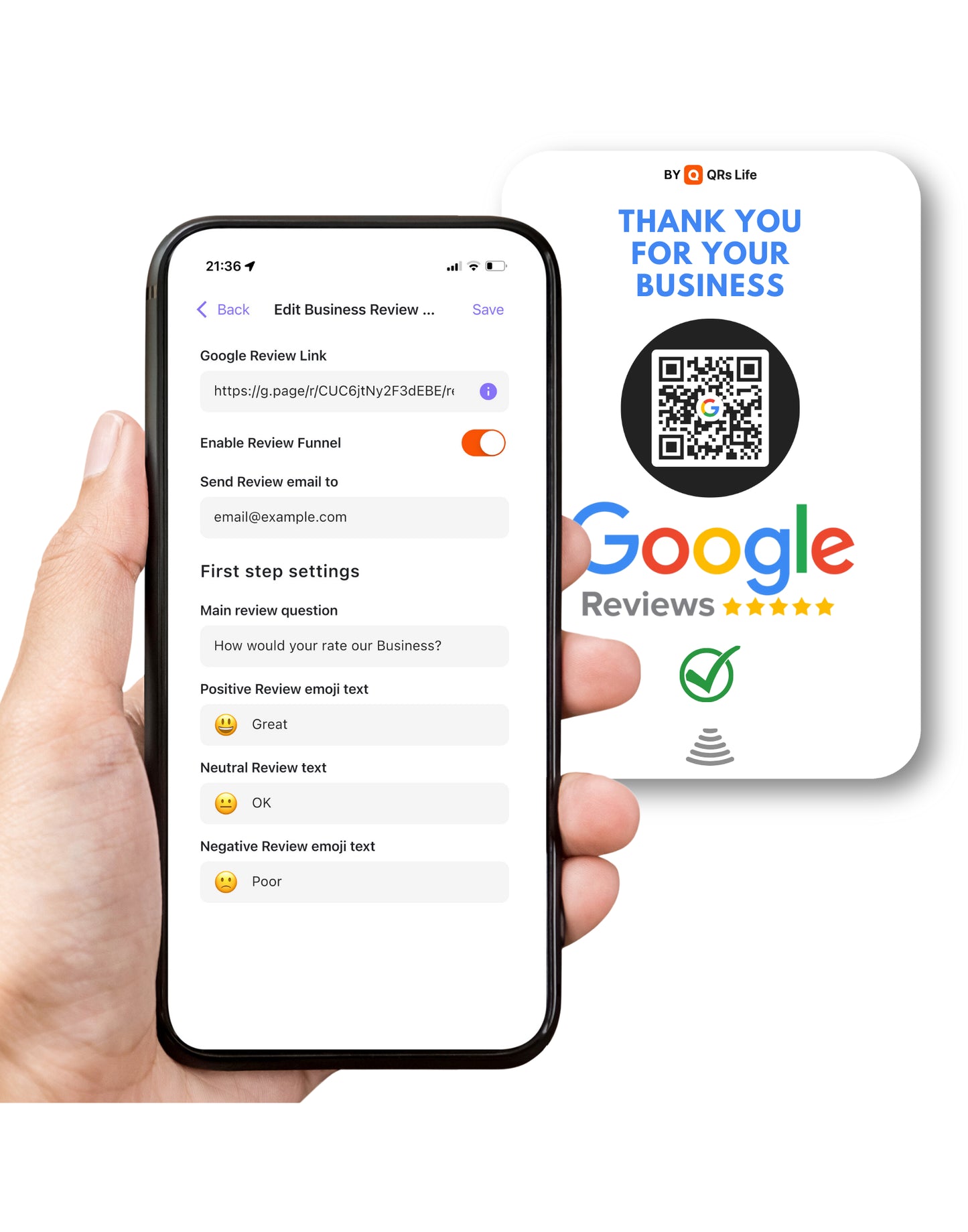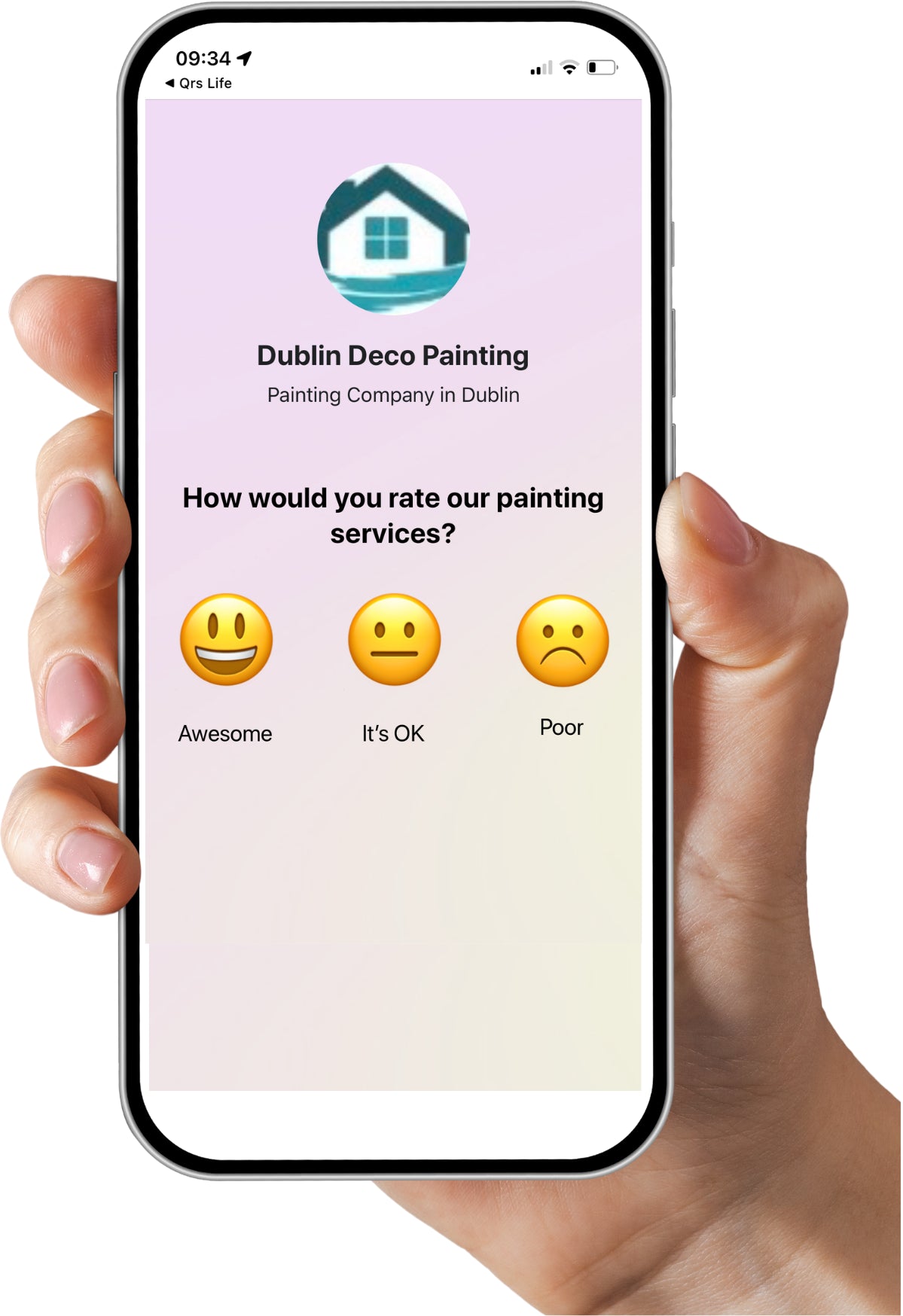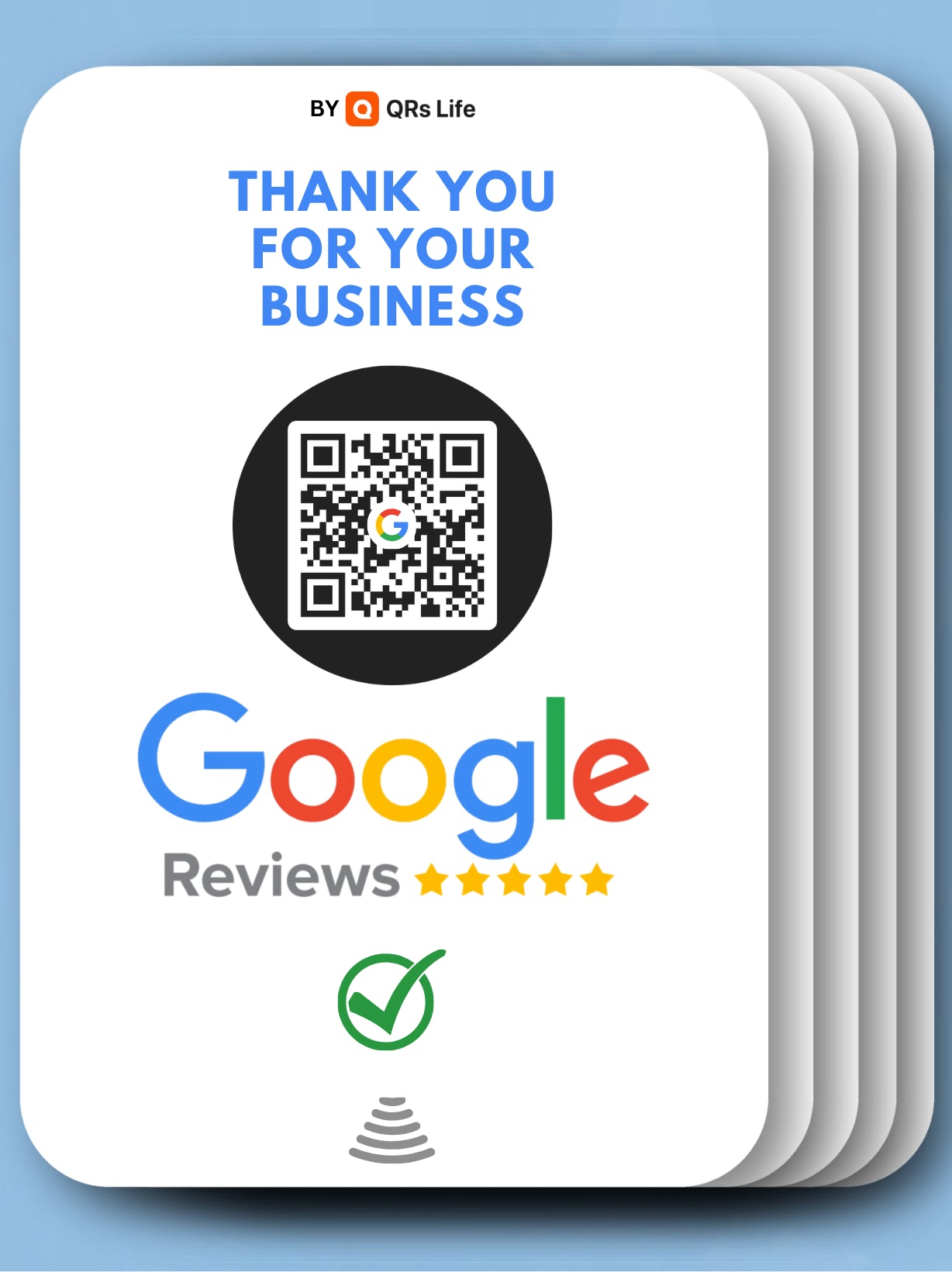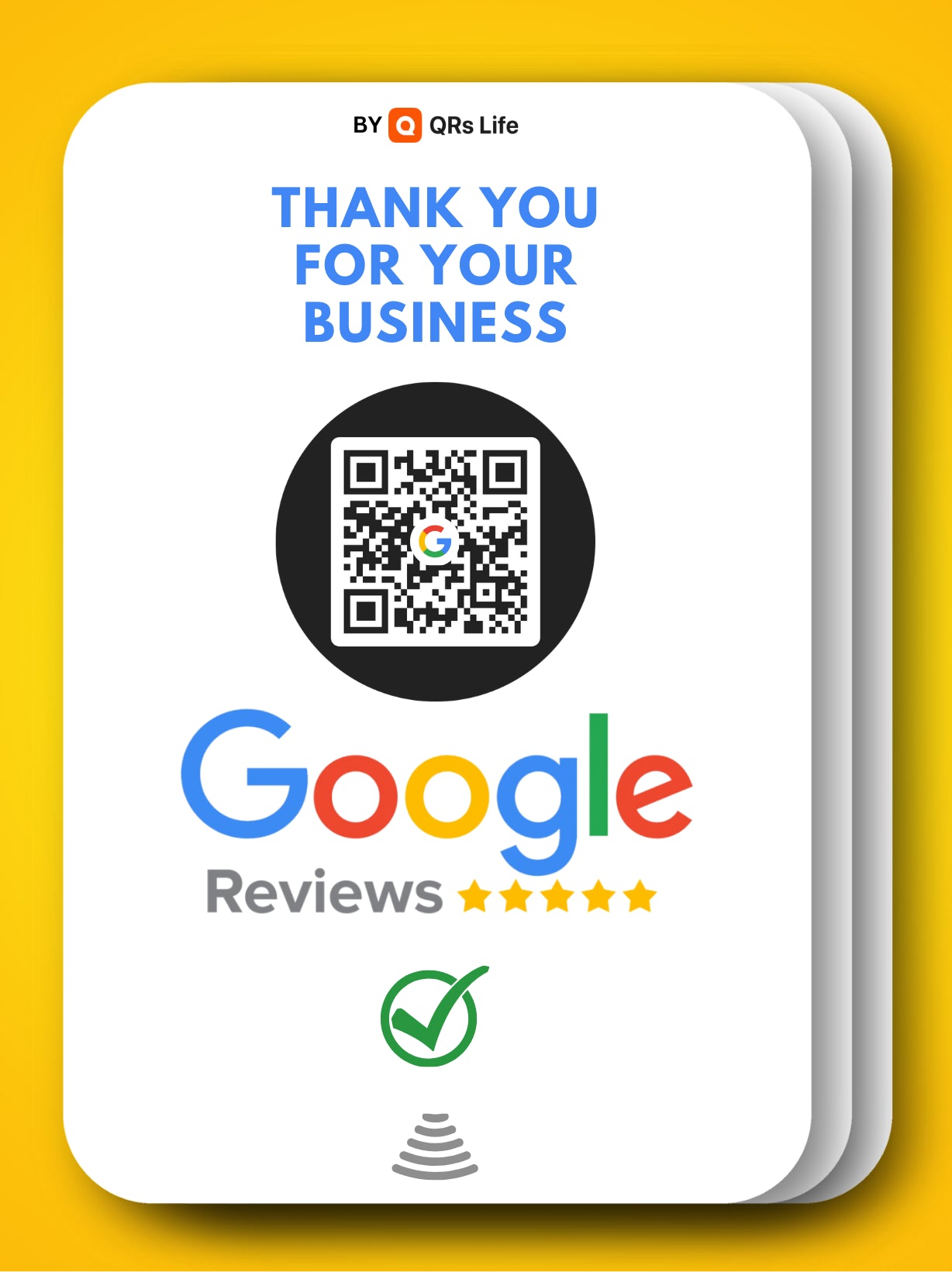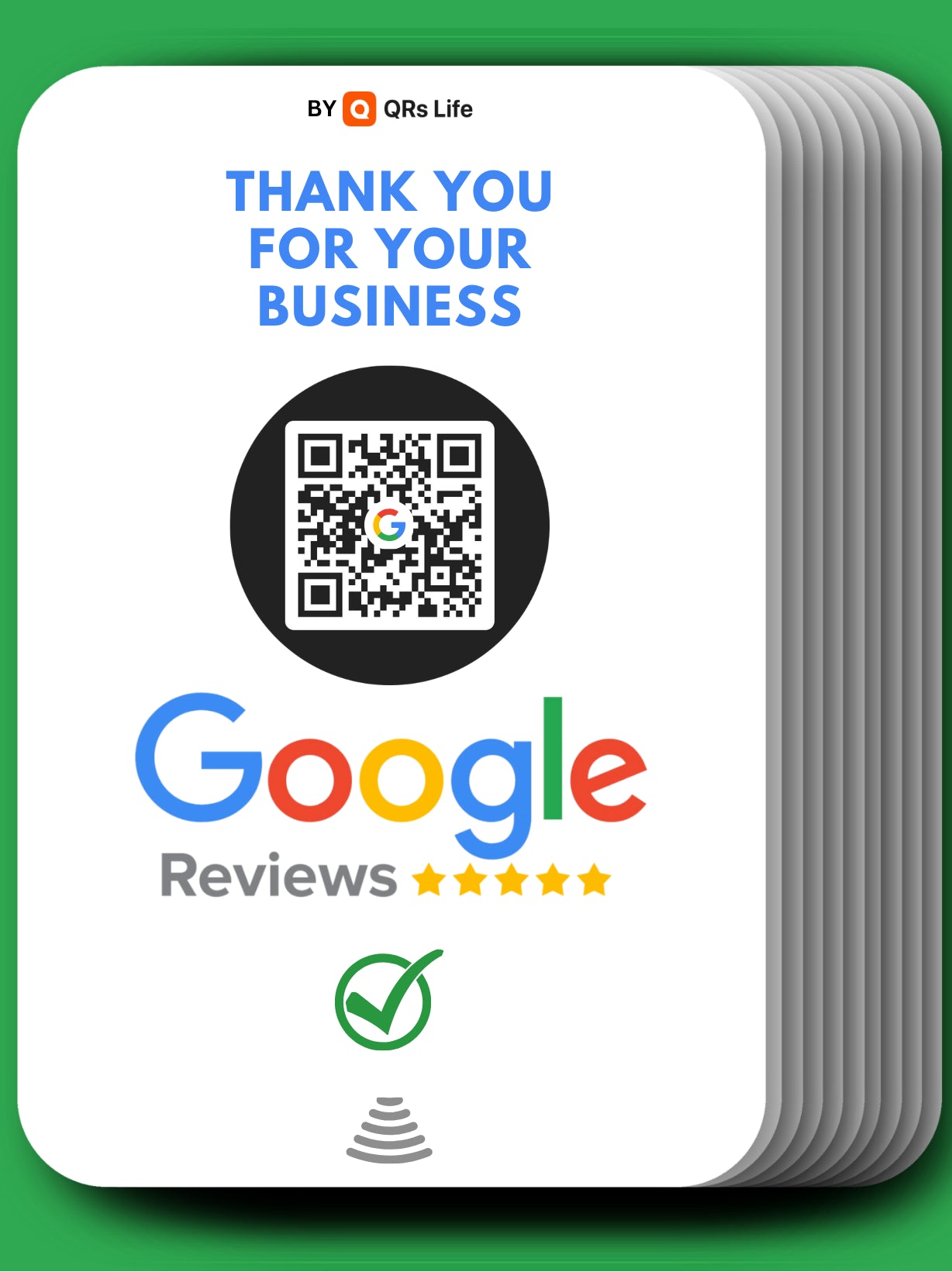QR codes have become an integral part of our daily lives, popping up everywhere, from product packaging to business cards. These intriguing square patterns are not just a design element; they hold immense potential for businesses looking to connect with their customers in new and innovative ways. In this digital age, QR codes provide a bridge between the physical and virtual worlds, allowing businesses to easily share information, drive engagement, and track performance.
In this blog post, we will explore the ins and outs of using QR codes for business purposes. From creating and customizing QR codes to implementing best practices and exploring various use cases, we'll dive into everything you need to know about leveraging these pixelated wonders for your company's success.
What are QR Codes?

QR codes, short for Quick Response codes, are two-dimensional barcodes that can hold a significant amount of information. If you've ever eyed a curious square comprised of black modules arranged on a white background in the corner of a poster or print ad, that's a QR code. Think of them as an advanced form of barcode that is capable of being scanned using a smartphone or other QR reader device.
But how do they work? Well, once a QR code is scanned using the camera of a smartphone or tablet, the device processes this data and translates it into actionable information, typically a URL or text. It navigates the user directly to a website, video, social media platform, or other digital locations. It's a seamless interaction that eliminates the need for manual URL entry, making it a user-friendly tool that bridges the physical and digital worlds together. Essentially, QR codes provide shortcuts to various destinations in the digital space.
Importance of QR Codes for businesses
So, why are QR codes so crucial for businesses? Let's delve into this. In our digital age, businesses need to meet their customers where they are - online. QR codes instantly connect your customers to your online content, effectively bridging the physical and digital worlds. With a quick scan, they can access your website, promotions, product information, or virtually any type of digital content. This not only enhances the customer experience but also fosters seamless communication and engagement.
Moreover, QR codes can considerably help with tracking and analytics. Every scan can be tracked, lending you invaluable insights into customer behavior and campaign performance. This kind of feedback loop can be a game changer, enabling you to optimize your marketing strategies quickly and effectively.
Additionally, QR codes are cost-effective. They're easy to create with a free qr code generator and don't require hefty printing costs like traditional marketing tools. They're also versatile and can be used in a multitude of ways, from product packaging and event tickets to storefronts and print ads. Saving cost while enhancing reach, isn’t that an irresistible combination?
In summary, QR codes are a brilliant asset that can streamline your business operations, maximize your marketing efforts, and foster an engaging relationship with your customers. If you're yet to leverage this technology, now is the ideal time to do so.
How can you take advantage of QR codes for your business?
If you are wondering how to use QR codes for your business and how you can take advantage of the benefits it can generate for you, here are some of the most important things you should know.
Contactless payments
Contactless payments using QR codes have become increasingly popular as a convenient and secure method for businesses to facilitate transactions. Here's an elaboration on how businesses can leverage QR codes for contactless payments:
Mobile Wallet Integration:
Integrate QR codes with popular mobile wallet apps such as Apple Pay, Google Pay, or various banking apps. This allows customers to make payments by simply scanning the QR code with their smartphones, linking directly to their stored payment information.
Point of Sale (POS) Systems:
Implement QR code payment options within your POS systems. This can be especially beneficial for small businesses that may not have the infrastructure for traditional card payments. Many POS providers offer QR code payment integration.
Online and In-Store Transactions:
QR codes can be used for both online and in-store transactions. For physical stores, the QR code can be displayed at the checkout counter, and for online purchases, customers can scan the code during the checkout process.
Secure Transactions:
QR code payments often use secure encryption methods, providing a high level of security for both businesses and customers. Encryption ensures that sensitive payment information is protected during the transaction process.
Faster Checkout Process:
Contactless payments with QR codes streamline the checkout process, reducing waiting times for customers. The speed and convenience of scanning a QR code contribute to an enhanced customer experience.
To successfully implement QR code payments, businesses should ensure that their staff and customers are educated on the process and the payment system is integrated seamlessly into the overall customer experience. This not only enhances convenience but also positions the business as tech-savvy and customer-focused.
Product information
Using QR codes for product information is an effective way for businesses to provide consumers with easy access to detailed and relevant information about their products. Here's an elaboration on how businesses can leverage QR codes for product information:
Detailed Specifications:
Attach QR codes to product packaging or labels to provide customers with instant access to detailed specifications, features, and technical information about the product. This is especially useful for products with complex functionalities or technical aspects.
User Manuals and Guides:
Include QR codes on product packaging or manuals that lead customers to digital versions of user manuals or step-by-step guides. This ensures that customers have access to comprehensive information on product usage and maintenance.
Assembly Instructions:
For products that require assembly, QR codes can link to instructional videos or digital guides demonstrating the assembly process. This helps customers avoid frustration and ensures they correctly set up the product.
Safety Information:
QR codes can lead customers to safety information, warnings, and guidelines related to product usage. This is particularly important for products that may pose potential risks if not used properly.
Multilingual Support:
Businesses can use QR codes to provide product information in multiple languages. Customers can choose their preferred language, enhancing the accessibility of information for a diverse customer base.
Product Demonstrations:
QR codes can link to product demonstration videos or virtual tours, allowing customers to see the product in action before making a purchase. This can be particularly impactful for products with unique features or functionalities.
Reviews and Testimonials:
Link QR codes to customer reviews or testimonials about the product. This social proof can influence purchasing decisions and build trust with potential buyers.
Warranty Information:
Include QR codes on product packaging that lead customers to digital warranty information. This ensures that customers are aware of warranty details, making it easier for them to address any issues that may arise.
Marketing
Using QR codes on marketing collateral is a smart and effective way for businesses to bridge the gap between physical and digital marketing efforts. Here's an elaboration on how businesses can leverage QR codes on marketing collateral:
Website and Landing Pages:
Include QR codes on printed materials, such as brochures, posters, and business cards, that direct users to your website or specific landing pages. This creates a seamless transition from offline to online content. Using QR codes for business cards is a great way to make use of modern technology while still staying true to the old ways.
Product or Service Videos:
Link QR code business cards to videos showcasing your products or services. This can be particularly impactful for products that benefit from demonstration or for services that can be visually explained.
Promotional Offers and Discounts:
Generate QR codes that lead users to exclusive promotional offers, discounts, or coupon codes. This encourages immediate action and helps track the effectiveness of your offline marketing efforts.
Event Registrations:
QR codes on event invitations or promotional materials can link directly to online registration forms. This simplifies the registration process for attendees and allows for easy tracking of RSVPs.
Social Media Engagement:
Encourage social media interaction by linking QR codes to your social media profiles or specific posts. This helps grow your online community and allows users to easily share your content with their networks.
When using QR codes in marketing collateral, it's important to ensure that the landing pages or content are mobile-friendly, optimized, and provide a clear call-to-action. Regularly update the content behind the QR codes to keep it relevant and engaging for your audience.
Customer Feedback

Leveraging QR codes for collecting customer feedback is a powerful strategy for businesses looking to gather valuable insights and enhance their products or services. Here's an elaboration on how businesses can effectively use QR codes for customer feedback:
Feedback Surveys:
Create QR codes that link directly to online feedback surveys. These surveys can cover various aspects of the customer experience, including product satisfaction, service quality, and overall brand perception.
Post-Purchase Feedback:
Place QR codes on receipts or product packaging to encourage customers to provide feedback after making a purchase. This timing is strategic as it allows customers to share their experiences while the details are still fresh in their minds.
Customer Service Evaluation:
Use QR codes on customer service materials, such as support tickets or informational brochures, to gather feedback on the effectiveness and quality of customer service interactions.
Event Feedback:
If your business hosts events or conferences, include QR codes on event materials for attendees to provide feedback on the event's organization, content, and overall experience.
Product Reviews:
Encourage customers to leave reviews by linking QR codes to review platforms or your website's product review section. This not only provides valuable feedback but also serves as social proof for potential customers.
In-Store Feedback:
Place QR codes strategically throughout physical locations to collect feedback on in-store experiences. This can include factors like cleanliness, staff helpfulness, and overall ambiance.
Mobile App Feedback:
If your business has a mobile app, use QR codes to direct users to a feedback form within the app. This is a convenient way for app users to share their thoughts on the user interface, features, and overall satisfaction.
Employee Performance Feedback:
QR codes on employee name badges or business cards can lead customers to a feedback form where they can share their thoughts on the interactions they've had with specific employees.
Instant Response Mechanism:
Utilize QR codes for quick feedback on specific initiatives or marketing campaigns. This can help you make timely adjustments based on customer responses.
Net Promoter Score (NPS) Surveys:
Create QR codes that link to NPS surveys, allowing customers to rate their likelihood of recommending your business to others. NPS is a widely used metric to gauge overall customer satisfaction and loyalty.
Customizable Feedback Forms:
Tailor your feedback forms to collect specific information relevant to your business goals. This could include questions about new product features, service improvements, or feedback on recent updates.
Gamification of Feedback:
Make the feedback process more engaging by incorporating gamification elements. For example, offer customers a discount or entry into a prize draw as an incentive for providing feedback.
When implementing QR codes for customer feedback, it's crucial to make the process as seamless and user-friendly as possible. For that, you will need a QR code generator, but the good news is that you will certainly find one easily.
QR Google review cards like the ones we create here at QRs Life are a great tool for every business out there, as they not only offer an easy way for your customers to share their thoughts about your business and services, but they also come with a hidden surprise.
We know that your online reputation is a very important thing to look after in this day and age. That is why our QR code business cards for Google reviews come with a clever way to bypass negative reviews.
Ensure that the feedback forms are concise, easy to navigate, and optimized for mobile devices. Regularly review the feedback received and use the insights to make data-driven improvements to your products, services, or customer experiences.
